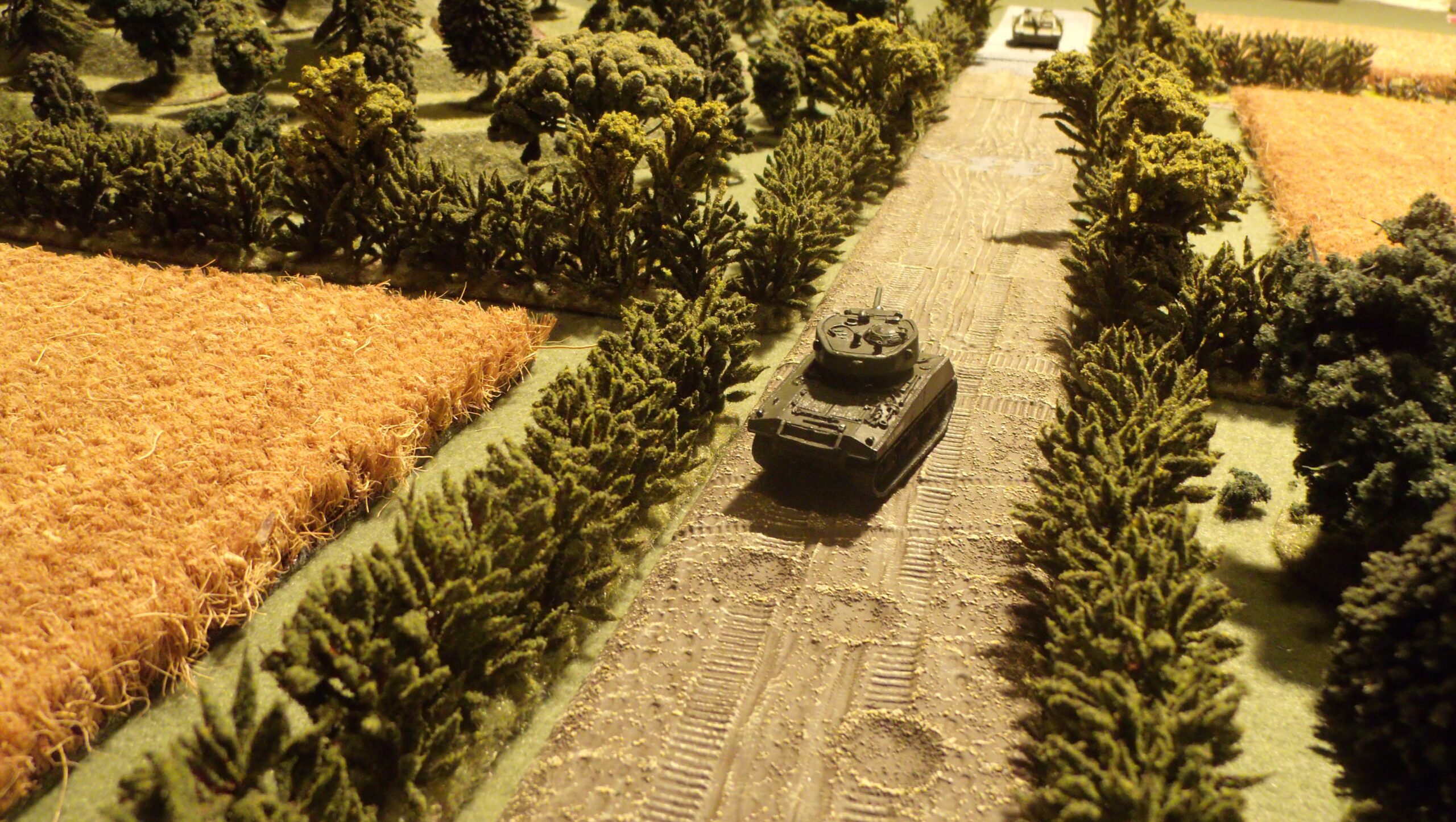
A hedge is actually just a series of trees that have been planted closely together in a line. Why not take this same approach when modeling a hedge in miniature? The real advantage of doing it this way is that you get almost seamless hedges. No matter how you join the various pieces together, the hedge will look the same along its entire length. Granted there will still be seams wherever the bases meat, but you can’t have everything your way all of the time.
To make these, we started with some very basic (and cheap) plastic plants that we found in the craft store. These particular plants seem to be readily available, but anything similar will work just as well.
These were attached in clusters of three on a large square base, so be began by popping them all off.
The individual plants were then clipped off as close to the leaves as possible.
As many individual plants as would fit were then hot glued down to the bases. We ended up using 9 plants to each length of tongue depressor. The important thing is that the plants overlap and present a somewhat solid looking line.
This particular plant was somewhat boxy in appearance, so we rounded off the edges a little to keep it from looking quite so manicured.
We also added in a few taller trees to break up some of the hedges a little and individualize them.
They were then spray painted with a paint that “bonds to plastic” (purchased at a hardware store), and flocked. Use straight, undiluted PVA glue to attach the flock with. This goes very fast if you use a cheap disposable paint brush to apply the glue with.













